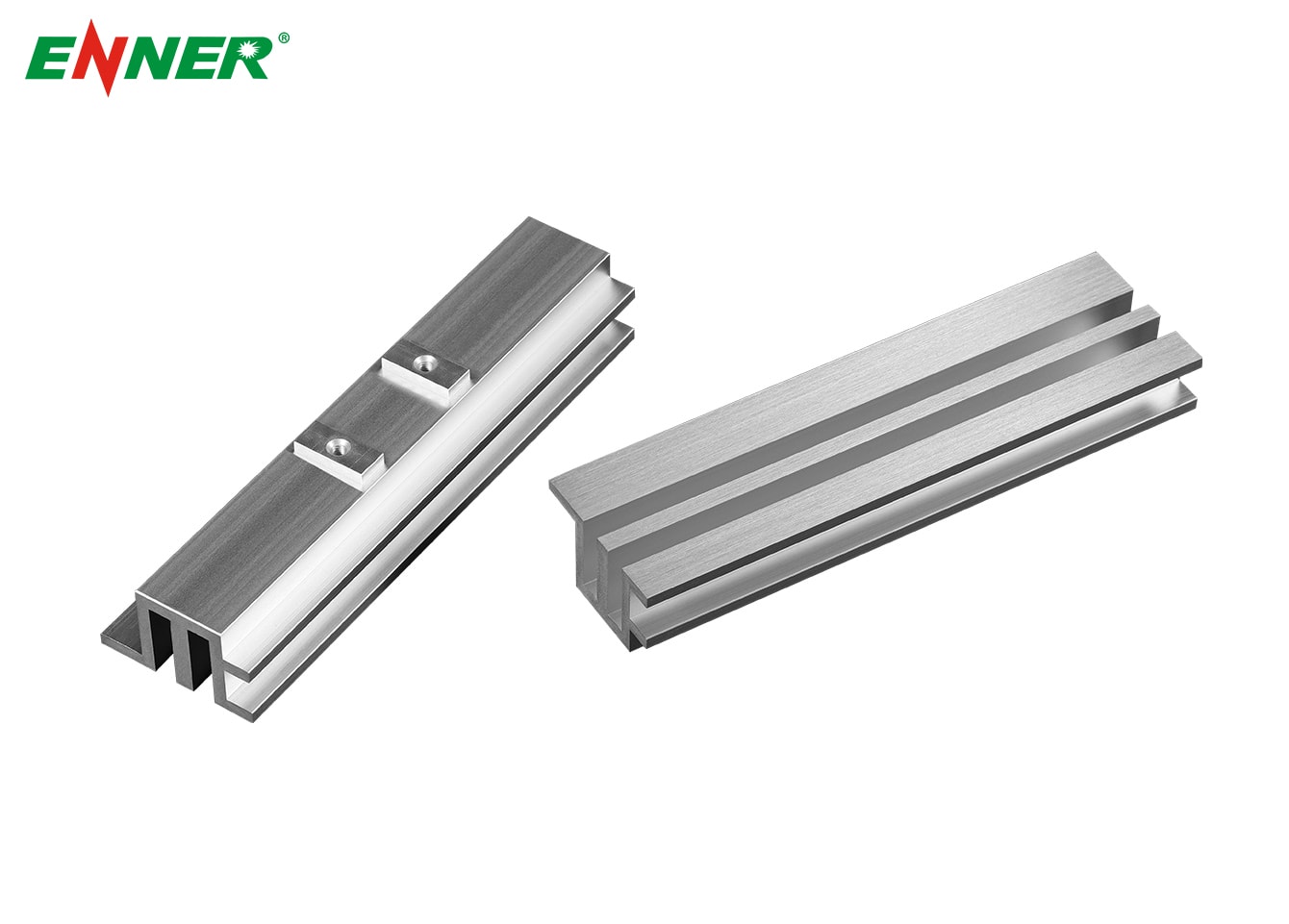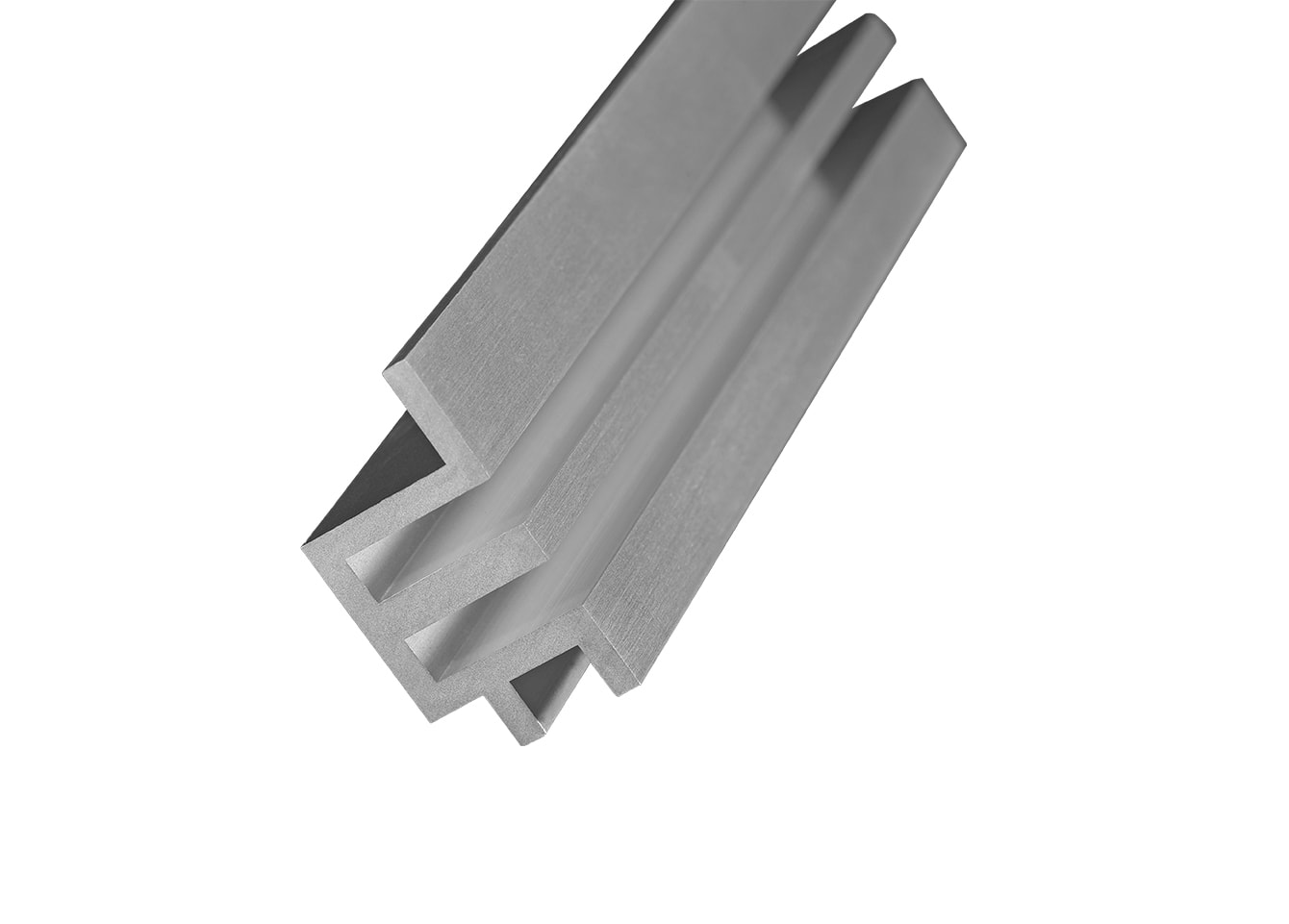News
Site Editor
 Site
/uploads/image/658e1b5398ef3.png
Heat sinks are essential components in various electronic devices, helping to dissipate heat and maintain optimal operating temperatures.
Site
/uploads/image/658e1b5398ef3.png
Heat sinks are essential components in various electronic devices, helping to dissipate heat and maintain optimal operating temperatures.
Introduction to Heat Sink Manufacturing Process: The Extrusion Method
Views: 829
Author: Site Editor
Publish Time: 2024-08-27
Origin: Site
Heat sinks are essential components in various electronic devices, helping to dissipate heat and maintain optimal operating temperatures. Among the various manufacturing methods, extrusion is one of the most common and effective techniques for producing high-quality heat sinks . In this article, we’ll explore the extrusion process, its advantages, and why it is predominantly used for aluminum heat sinks.
What is the Extrusion Method?
Extrusion is a process where a metal, typically aluminum, is forced through a die under high pressure. The metal deforms to take on the shape of the die opening, resulting in the desired heat sink profile. This method is highly efficient for producing complex cross-sectional shapes and is widely used due to its ability to create precise, consistent, and high-performance heat sinks.
How the Extrusion Process Works
-
Preparation of the Billet : The process begins with the preparation of the metal billet, usually aluminum, which is heated to a specific temperature to make it malleable. This is critical because the metal needs to be soft enough to flow through the die but still retain enough strength to maintain its shape.
-
Extrusion Through the Die : The heated billet is then placed in the extrusion press, where a ram pushes it through a die. The die is a tool that has the negative shape of the desired heat sink profile. As the billet is forced through the die, it takes on the shape of the die opening, forming the heat sink.
-
Cooling and Cutting : Once extruded, the continuous length of heat sink material is cooled, usually by air or water, to solidify its shape. It is then cut to the required lengths, depending on the specific application.
-
Surface Finishing : The extruded heat sinks may undergo various surface finishing processes, such as anodizing, to enhance their appearance, corrosion resistance, and thermal performance.
Why Aluminum for Extruded Heat Sinks?
Aluminum is the preferred material for extruded heat sinks for several reasons:
-
Excellent Thermal Conductivity : Aluminum has good thermal conductivity, making it effective at transferring heat away from electronic components.
-
Malleability : Aluminum’s malleability makes it ideal for the extrusion process, allowing for complex and intricate heat sink designs.
-
Lightweight : Aluminum is lightweight, which is advantageous for applications where weight is a critical factor, such as in aerospace or portable electronics.
-
Corrosion Resistance : Aluminum naturally forms a protective oxide layer, which enhances its resistance to corrosion, making it durable in various environments.
Considerations in Extrusion Design
When designing an extruded heat sink, several factors must be considered to ensure optimal performance:
-
Fin Thickness : The thickness of the fins (the thin, extended surfaces that increase the heat sink’s surface area) is crucial. Typically, fins with a thickness of less than 0.5mm are challenging to produce because of the limitations in die manufacturing and the difficulty in polishing the die’s surface. The current industry standard allows for a minimum fin thickness of 0.4mm, but this requires advanced tooling and precise manufacturing techniques.
-
Die Polishing : Before extrusion, the die must be polished to ensure a smooth surface finish on the heat sink. The smaller the fin thickness, the more difficult it is to polish the die, as the gaps between the fins are narrower.
Limitations of Extrusion with Copper
While copper is known for its superior thermal conductivity compared to aluminum, it is not commonly used in the extrusion process for heat sinks. This is due to copper's inherent characteristics:
-
Low Malleability : Copper is less malleable than aluminum, making it more difficult to extrude. The high force required to push copper through a die can lead to defects and a higher rate of tool wear.
-
Cost and Weight : Copper is more expensive and heavier than aluminum, which can be a disadvantage in many applications where cost-effectiveness and weight are critical considerations.
Advantages of the Extrusion Method
The extrusion method offers several benefits for heat sink manufacturing:
-
Cost-Effectiveness : Extrusion is a cost-effective method for producing large quantities of heat sinks with consistent quality.
-
Design Flexibility : The ability to create complex shapes allows for customized designs that meet specific thermal performance requirements.
-
High Efficiency : Extruded heat sinks typically offer better thermal performance than stamped or machined heat sinks due to their optimized surface area and fin designs.
Conclusion
The extrusion method is a highly effective and widely used process for manufacturing aluminum heat sinks. Its ability to produce complex shapes with high precision makes it ideal for a range of applications where thermal management is critical. While there are some limitations with materials like copper, aluminum’s excellent properties and the efficiency of the extrusion process make it the go-to choice for many heat sink designs. Understanding the nuances of this process, from material selection to design considerations, is key to producing high-performance heat sinks that meet the demands of modern electronic devices.
At Ennerhe , the research and development team consist of graduates from universities in the fields of thermodynamics, mold design and manufacturing, and materials science. With a complete heat dissipation simulation software and rapid samples production, the team can assist customers in designing the best solutions.

